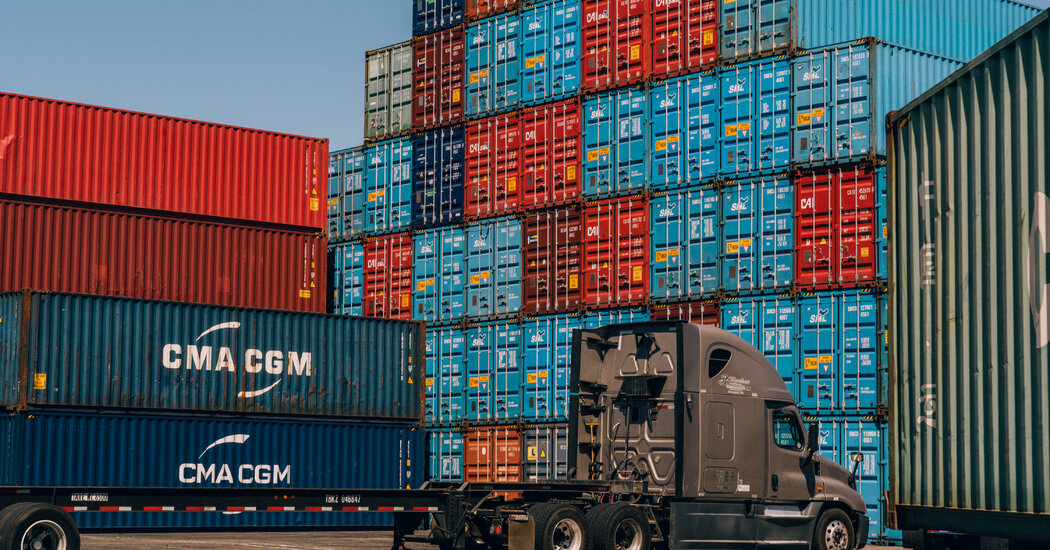
Ford Motor, which has grappled with pandemic supply chain issues, is working on making its own batteries — including in America. “In the medium and long term, securing raw materials, processing, precursor and refinement and setting up battery production here in the U.S. and around the world is a big work statement for us,” Jim Farley, the company’s chief executive, said on an earnings call last week.
Companies are also beginning to face pressure to price in the true cost of carbon emissions from shipping parts, which could prompt them to move factories closer to consumers.
Scott N. Paul, president of the Alliance for American Manufacturing, said economic and political risks along with carbon-cost calculations were encouraging companies to gradually shift their manufacturing closer to the United States.
“I only see that trend accelerating,” he said.
Long-run population changes could also compound the effects of a slowdown or pullback in globalization, pushing up prices by making labor more expensive. By 2050, one in six people worldwide will be older than 65, according to United Nations estimates, up from one in 11 in 2019.
That aging means that, after decades in which a newly global pool of labor made employees cheap and easy to find, recent world–spanning labor shortages could last. That could push up wages, and companies may pass elevated labor costs along to customers by raising prices.
“Demography and the reversal of globalization mean that a great deal of it is likely to be permanent — clearly not all,” Charles Goodhart, an emeritus professor at the London School of Economics, said of pandemic-era price and labor issues. Mr. Goodhart co-wrote a book in 2020 arguing that the world was on the cusp of a demographic reversal.
“There will be structural forces raising inflation for probably the next two to three decades,” he said.




